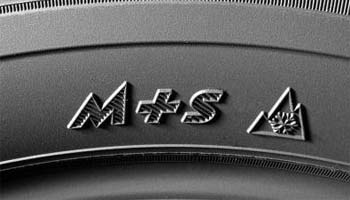
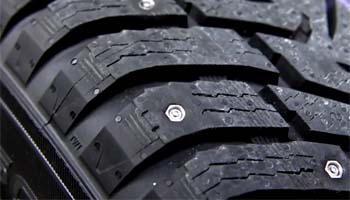
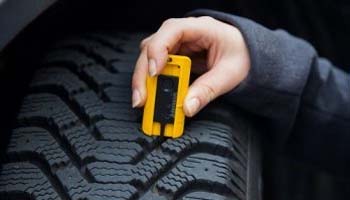
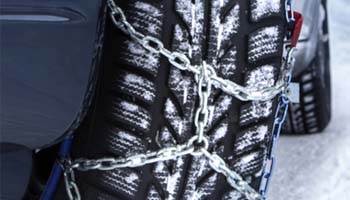
Winter Tyre Requirement
Winter tyres are compulsory in Sweden from the 1st of December until the 31st of March. As shown above, winter tyres must have a minimum tread depth of 3mm (5mm for vehicles other than private cars). If hiring a car, the required winter tyres will be fitted for your rental car to meet the regulations.
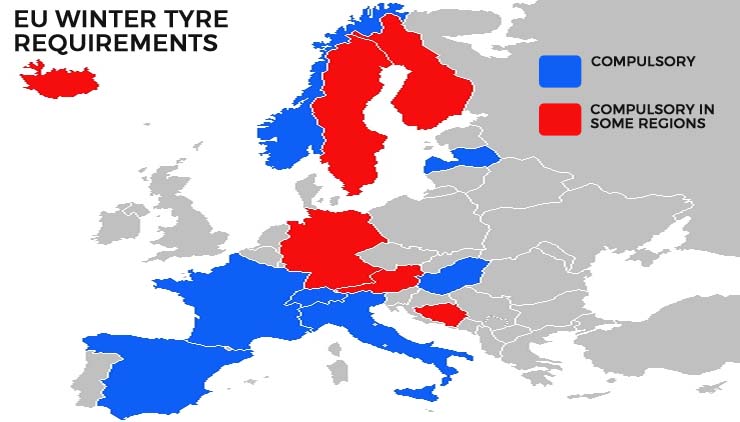
Driving in the dark
Sunset can occur early in Sweden during the winter months, so it is likely you will find yourself driving in the dark. It is advisable to use your main beam when possible, this will help in detecting any animals crossing the road in the distance. It is possible to come across Moose or Reindeer in the North or Pigs in the South.
Driving in high winds
Driving in high winds can be dangerous, be alert to fallen trees and related road closures. Bridges in Sweden, such as the Oresund Bridge often has speed limits placed on it during high winds, so pay attention to any changes in speed limits.
Driving in a whiteout
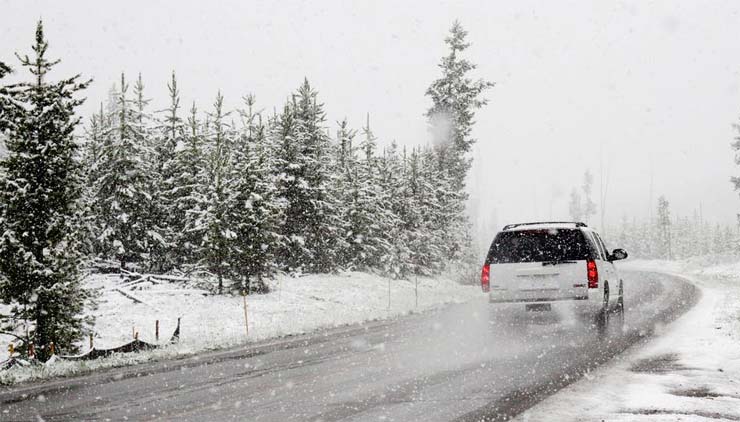
Driving in a white out can be dangerous. Look out for weather warnings and special notices in advance of your trip. The best advice is to NOT drive during a whiteout, the severe conditions can completely block your view. Therefore only drive if it is absolutely necessary. If you are already driving when the conditions turn severe and you are caught in a white out then the following advice should be followed:
- Slow down
- Turn your headlights on
- Steer, accerlerate and brake smoothly
- Be aware of what is in front and behind you
- Switch to maximum defrost in order to keep your windows clear
- Reduce distractions by turning off any audio systems
- Stop if conditions become too dangerous
Speed limits in Sweden
Speed limits are based on the safety and quality of each road. Therefore be careful to check speed limits carefully when driving in Sweden, you should come across signs at regular intervals.
*Note that speed detection devices are not allowed in Sweden.
| Type of Road |
Speed Limit |
| Built up area |
30, 40, 50 0r 60 km/h |
| Outside built up areas |
70, 80, 90 or 100 km/h |
| Motorways |
90, 100, 110, 120 km/h |
| Private car with a trailer |
Never more than 80 km/h |
| Private car with two trailers |
Never more than 40 km/h |